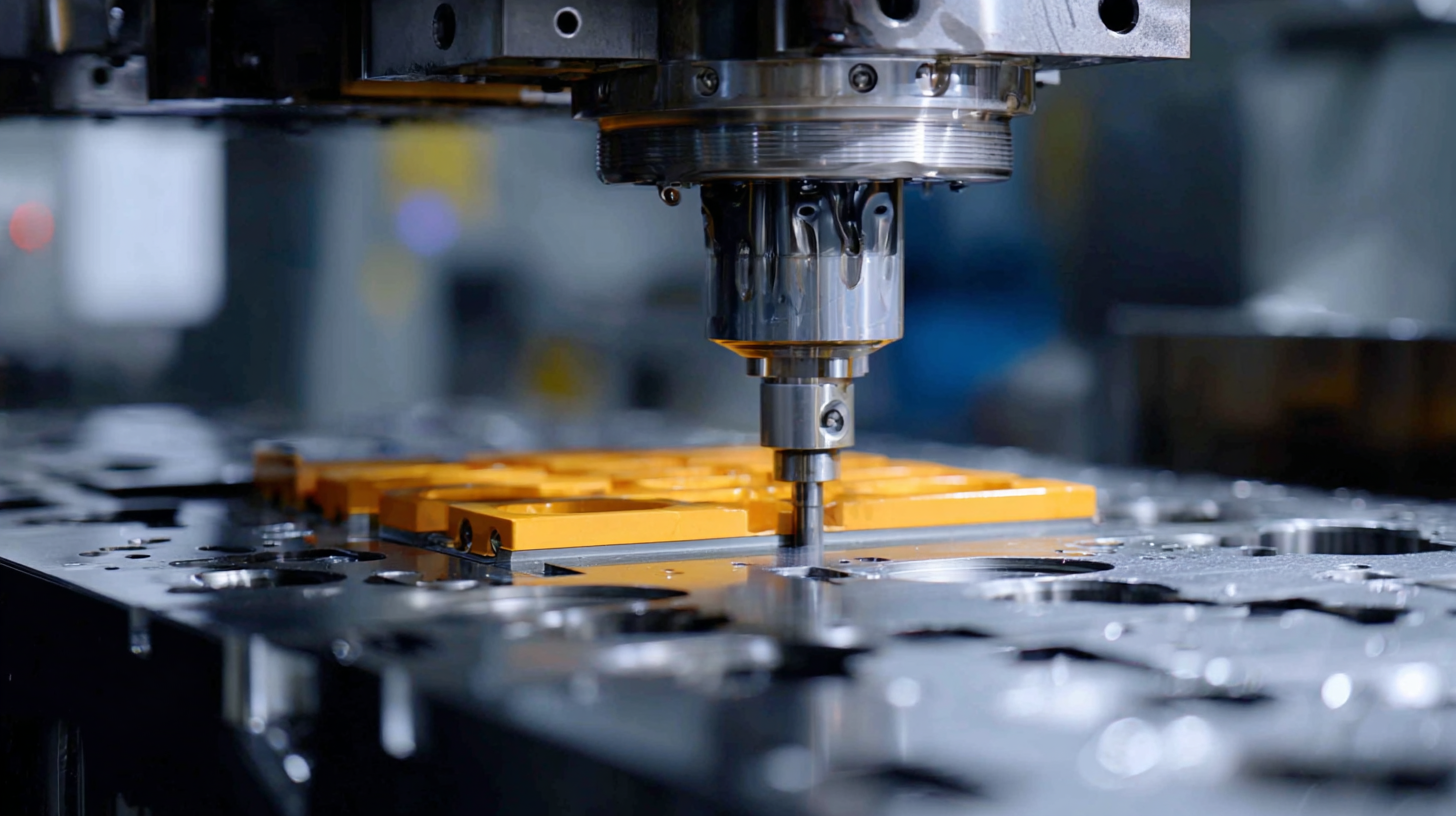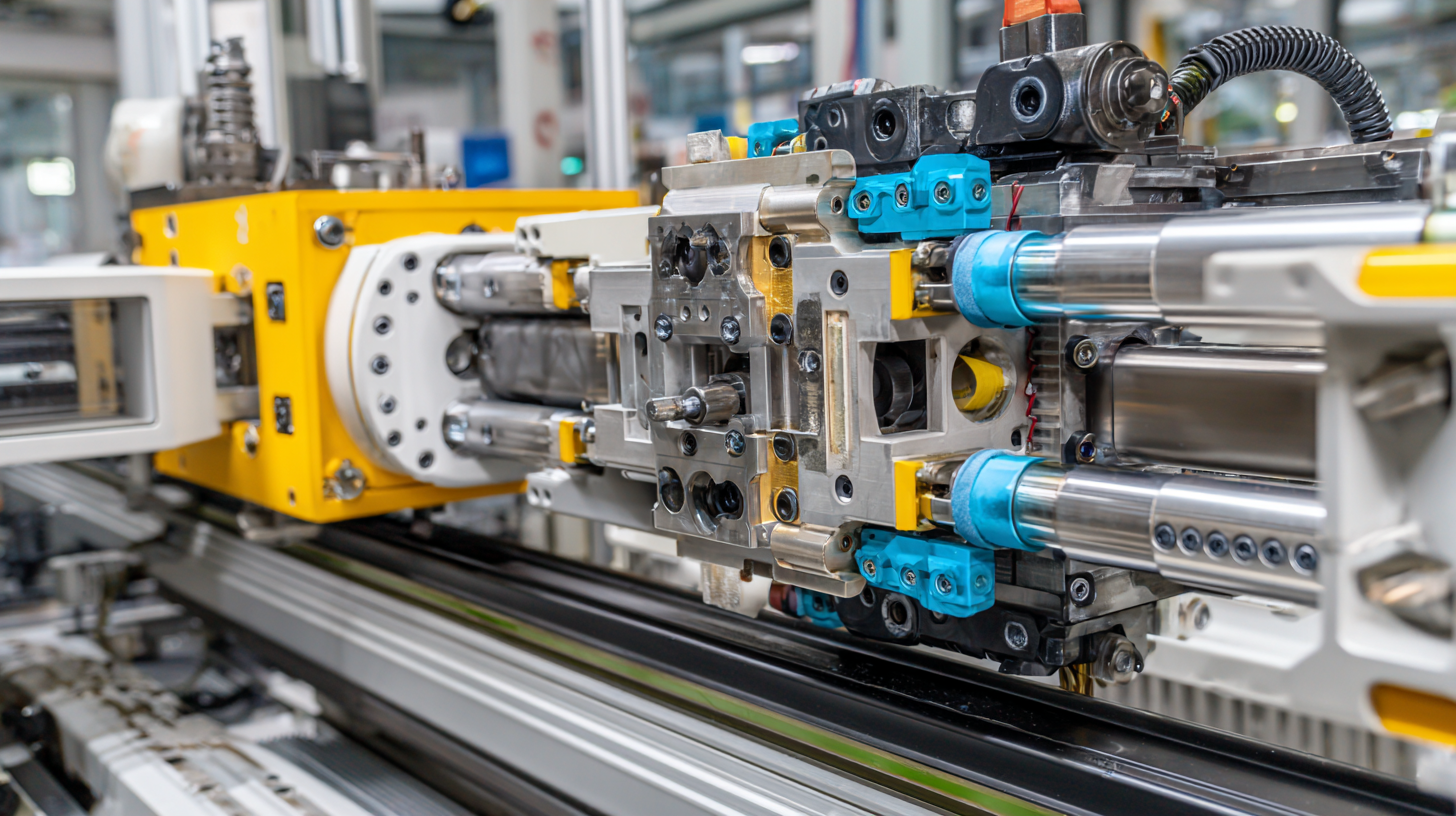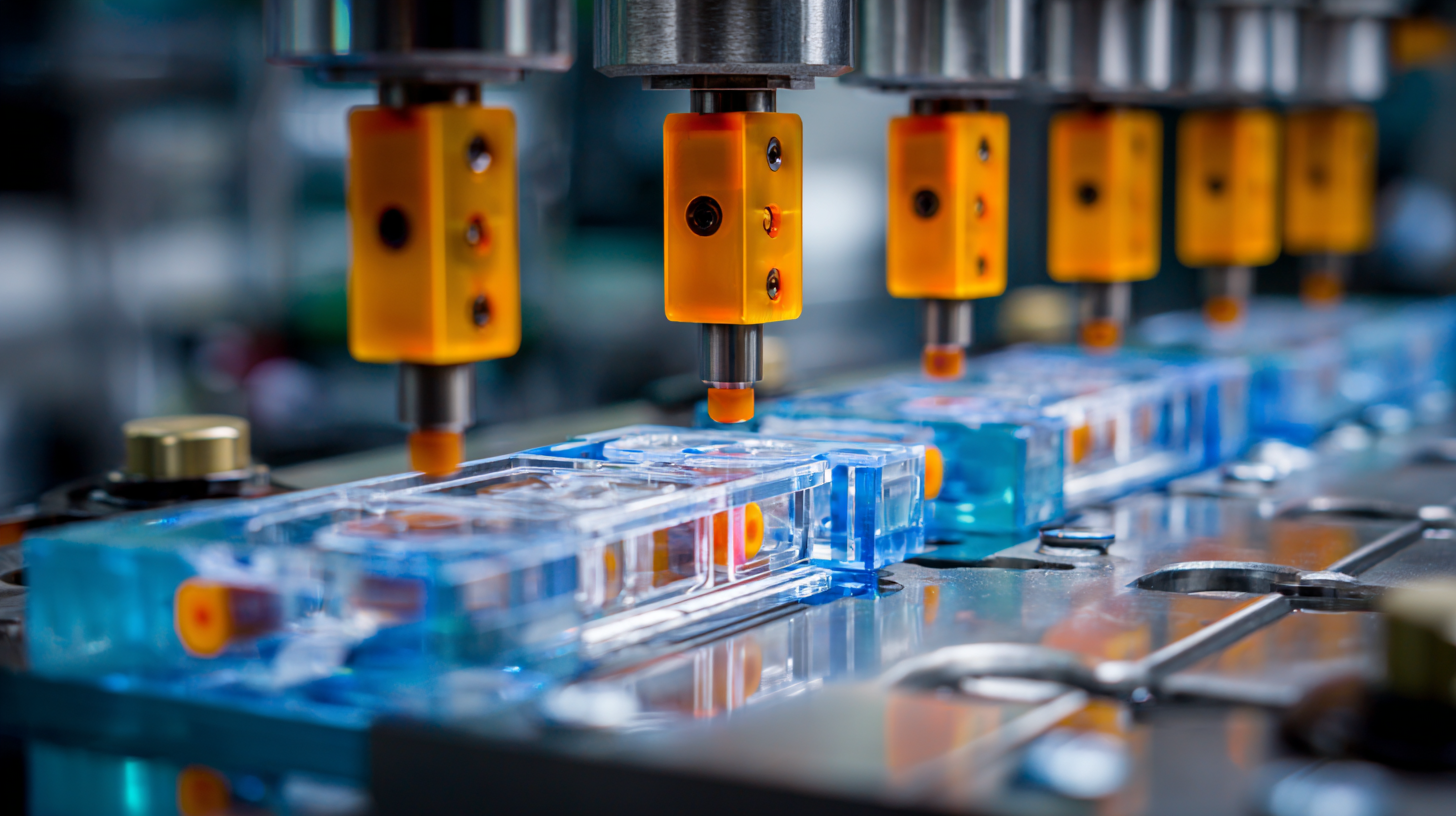
In the rapidly evolving landscape of manufacturing, plastic injection has emerged as a focal point of innovation, driving advancements across various industries. As we move toward the year 2025, the integration of cutting-edge techniques in plastic injection not only enhances production efficiency but also significantly reduces waste and costs. This blog delves into ten innovative examples of plastic injection techniques that are transforming the manufacturing sector, showcasing how these strategies are reshaping product design, material usage, and overall operational performance.

From advanced mold technologies to smart automation solutions, the emerging trends in plastic injection also reflect a broader shift toward sustainable manufacturing practices, making it crucial for industry leaders to stay ahead of the curve. Join us as we explore the top strategies that promise to redefine the future of manufacturing through the lens of plastic injection techniques.
The landscape of manufacturing is being transformed by innovative plastic injection techniques that are pushing the boundaries of efficiency and quality. As industries strive for sustainability and cost-effectiveness, advancements in injection molding processes are meeting these demands head-on. Techniques such as multi-material injection molding allow for the creation of complex parts in a single production cycle, significantly reducing waste and production times. Additionally, the adoption of smart technology, such as IoT-enabled machines, enhances precision and monitoring during the molding process, leading to improved product quality and consistency.

Moreover, innovations such as 3D printed molds and bio-based plastics are paving the way for a greener manufacturing future. 3D printing provides manufacturers with the flexibility to create custom molds quickly, streamlining the prototyping process and reducing lead times. On the sustainability front, the use of biodegradable materials not only meets consumer demand for eco-friendly products but also aligns with corporate social responsibility goals. These innovative plastic injection techniques are not just revolutionizing manufacturing; they are defining the future of how products are designed and produced in an ever-evolving global market.
The landscape of manufacturing is evolving, and advanced injection molding techniques are at the forefront of this transformation. By incorporating cutting-edge technologies like automation and real-time monitoring, businesses can significantly enhance production efficiency. According to a report from the AMBA (American Mold Builders Association), companies employing advanced injection molding processes have seen a reduction in production costs by up to 40%, thanks to optimized cycle times and decreased material waste. This efficiency not only lowers expenses but also allows manufacturers to respond more swiftly to market demands.
Moreover, utilizing advanced materials in injection molding can lead to both cost savings and improved product performance. A study published by the Society of Plastics Engineers highlights that innovative polymers can offer enhanced properties such as higher durability and lighter weight, which further streamlines the manufacturing process. For instance, the adoption of bio-based and recycled materials in injection molding has been linked to a 30% decrease in raw material costs. As industries increasingly prioritize sustainability, these advances in injection molding not only achieve efficiency gains but also align with global efforts towards eco-friendly manufacturing practices.
In the evolving landscape of manufacturing, sustainability emerges as a key driver behind innovation in plastic injection techniques. As industries strive to minimize their ecological footprint, modern practices are embracing eco-friendly materials and processes. Biodegradable plastics derived from renewable resources are becoming increasingly popular, allowing manufacturers to produce products that break down more easily in the environment. This shift not only reduces waste but also aligns with the growing consumer demand for sustainable products.
Furthermore, many companies are implementing technologies that enhance efficiency and reduce energy consumption during the injection molding process. For instance, advancements in machine design and temperature control systems are facilitating lower energy use while still achieving high-quality outputs. Additionally, the recycling of scrap materials generated during production has seen significant improvements, with manufacturers adopting closed-loop systems that reintroduce waste back into the injection process. These innovations not only contribute to a greener manufacturing landscape but also highlight the industry's commitment to transforming traditional practices into sustainable solutions.
In the realm of plastic injection molding, technology plays a pivotal role in enhancing precision and quality, ultimately transforming manufacturing processes. Advanced software and automation have streamlined the design and production stages, allowing for intricate and complex geometries to be created with remarkable accuracy. This high level of precision is essential, particularly in industries such as automotive and medical, where even the slightest deviation can have significant consequences. By utilizing computer-aided design (CAD) and computer-aided manufacturing (CAM) tools, manufacturers can ensure that each part produced is consistent and meets stringent quality standards.
Furthermore, the integration of smart technology into injection molding machines is revolutionizing operational efficiency and product quality. Sensors and analytics enable real-time monitoring of the injection process, allowing for immediate adjustments to be made, reducing waste and defects. Techniques such as the use of robotics in material handling and part finishing also enhance precision while cutting down on manual labor costs. These innovations not only speed up production times but also contribute to producing higher quality products, reflecting the growing demand for durable and reliable plastic components in today's market.

The future of plastic injection molding in manufacturing is set to undergo significant transformations, driven by advancements in technology and evolving market demands. One of the key trends is the growing adoption of continuous fiber-reinforced thermoplastics in automotive applications. The market for this innovative material is projected to witness substantial growth, increasing from $103.74 million in 2024 to $146.75 million by 2032, reflecting a compound annual growth rate of approximately 4.5%. This trend underscores the industry's shift towards lightweight yet durable materials, addressing the need for enhanced vehicle performance and energy efficiency.
Another noteworthy trend is the emphasis on integrated mold-making processes, which streamline production and improve efficiency. For example, substantial investments, such as a proposed 483 million yuan allocation for expanding precision injection molding capabilities, highlight the industry's commitment to innovation and enhanced manufacturing processes. Moreover, the injection molding machine market is poised for growth, with diverse applications spanning across sectors like packaging, automotive, and electronics, offering exciting opportunities for manufacturers to leverage advanced technologies and meet the demands of an ever-evolving marketplace. As these innovations continue to shape the industry, the future of plastic injection molding looks promising, with a focus on sustainability and performance enhancement.
Copyright © 2025 The Toolroom Inc. All Rights Reserved.
Website Design St Louis by IQComputing